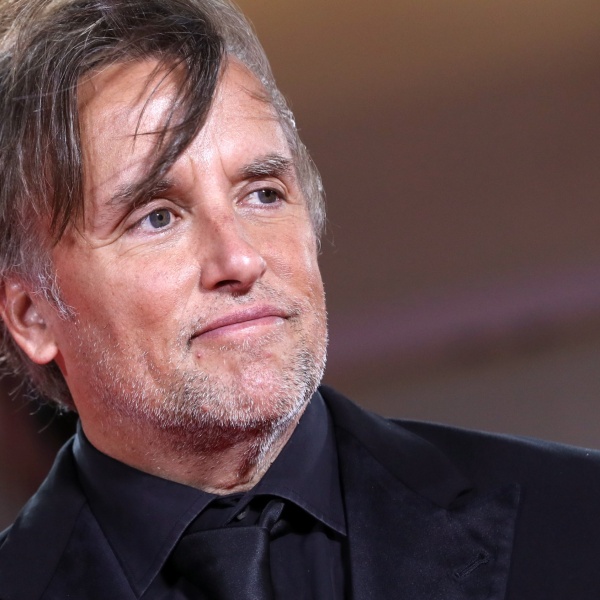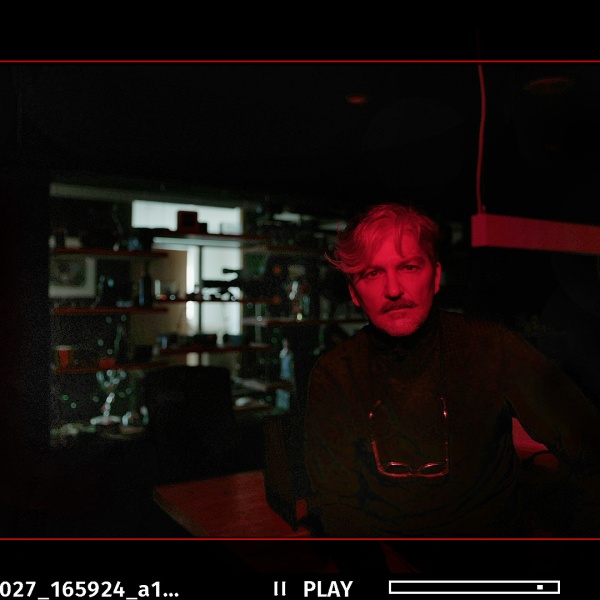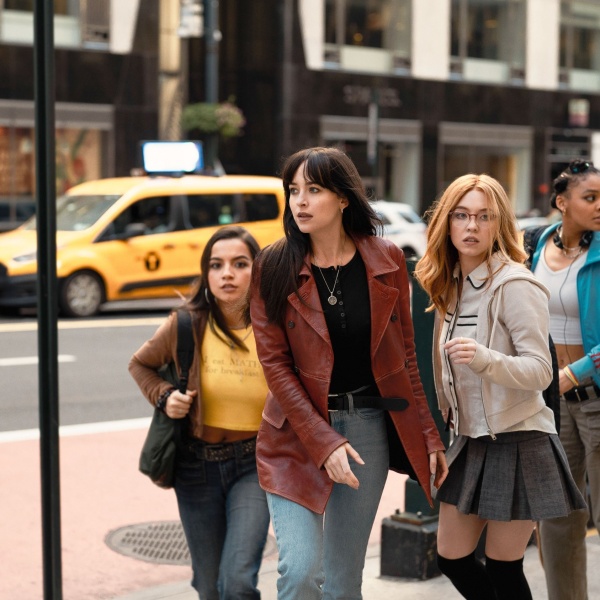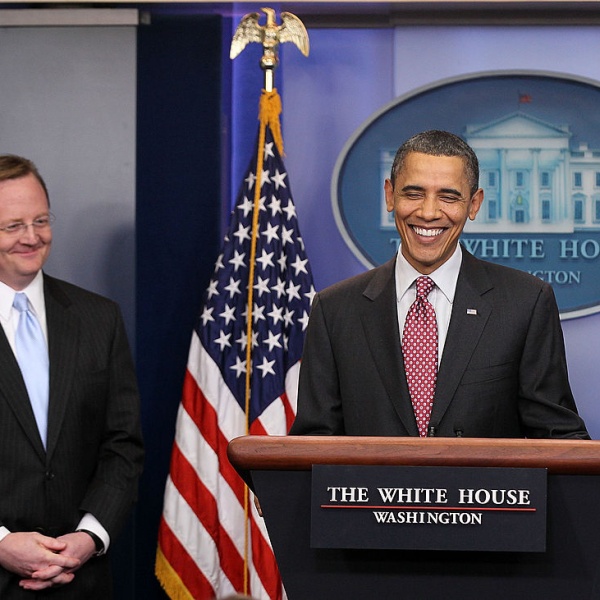Pixar director Kelsey Mann pitched “Inside Out 2” (in theaters June 14) as a hostile takeover of Riley’s (Kensington Tallman) emotions during the onslaught of puberty, led by Anxiety (Maya Hawke) and cohorts Envy (Ayo Edebiri), Ennui (Adèle Exarchopoulos), and Embarrassment (Paul Walter Hauser).
“What if this version is like them going: ‘[Joy], you’re wonderful, but you need to get out of here,’” Mann said at a recent Pixar press junket. “And so I always pitched it as a takeover movie.” But there’s nothing sinister about Anxiety leading the revolt. Like Joy (Amy Poehler), she merely wants to protect Riley, but believe she’s more qualified to handle her teen angst now that she’s turned 13.
In fact, Mann found it analogous to “All About Eve,” with Anxiety as the emotional ingenue willing at first to support Joy and learn from her. That is, until she realizes that she needs to supersede her after Joy blows Riley’s first opportunity to make a good first impression on high school hockey star Valentina (Lilimar Hernandez) at summer camp. Rather than having Riley play it cool, as Anxiety suggests, Joy dials up the emotion and embarrasses her.
Soon after, Anxiety takes over Headquarters and explains her plan for “Operation New Riley”: “My job is to protect her from the scary stuff she can’t see. I plan for the future.” Then, she puts Joy and her support team in a jar and banishes them to Riley’s vault of secrets.

The orange Anxiety is like a Seussified Muppet with her stringy carrot top, bulging eyeballs, wide mouth, and skinny body. Mann told IndieWire that her fast-talking entrance pushed the boundaries of what she could do physically, so he requested that she move comically fast. “She could pop over here, over there, and over there,” he said. “And she could drop down from the top of the frame. And they asked how she was going to do that. I didn’t know. We just did it, and she was funny.”
For animation supervisors Dovi Anderson and Evan Bonifacio, Anxiety proved to be the most complicated of the new emotions, requiring a special rig to control her wide mouth. “The size of her mouth is bigger than her skull or head,” Bonifacio told IndieWire. “It’s this very present thing with all these teeth and lip controls, and it’s not within a skull like our normal mouths are. So that was very challenging to figure out, the right number of controls, and how to give the animator something that would be intuitive.”
New tech was also required for the different personality poses of Anxiety’s wild-looking hair. “The sim department have always had the ability to change the hair on a character to be messy or a little bit more straight,” Bonifacio added. “On Anxiety, we felt that those changes needed to be tied to her performance so that when she’s normal, it’s this fountain of hair, but then if she gets excited, it can flex and straighten up. And so giving the animators the ability to suggest those timings to the sim department with this new rig, they were able to take that and make it real.”
The challenge with Anxiety was not making her seem like an unlikable villain, such as when she gets rid of Joy and the other emotions. The animators worked hard to make her appealing by making her impulsive and remorseful.

“A lot of that came down to animators doing these tests, where they had her try to drive the console, and you got this feeling that she just couldn’t help herself, she had to press the button,” Anderson told IndieWire. “And then being apologetic to Joy when Joy turns to her and says, ‘What are you doing?’ That feeling of remorse helped sort of guide how far to take her through the film and helps the audience see where she’s coming from in trying to help Riley.”
At the same time, Anxiety is also cunning in the way she thinks several steps ahead about all that could possibly go wrong. “This was very much in line with the research provided by the PhD consultants about what is anxiety and how it manifests itself,” Anderson told IndieWire.
Physically, there was plenty to play with, especially twitching, quick head moves, and shaking. Plus Hawke nailed the frantic quality with her vocal performance. “But we quickly realized that if we did that all the time, for every moment she was on screen, the audience would just be completely exhausted after a few minutes,” Anderson added. “So, finding her meant taking her to 11 where it made sense, but also being able to give her a range so that she’s not constantly at that level.”






